Li-ion battery: another step towards savings
As we have already noted , the advantage of the OCP architecture for the data center is not only to simplify the deployment and management of the system, but also to significant savings, allowing you to provide services to customers at reasonable prices, while creating highly efficient servers. Another way to save is to use Li-ion batteries for UPS.
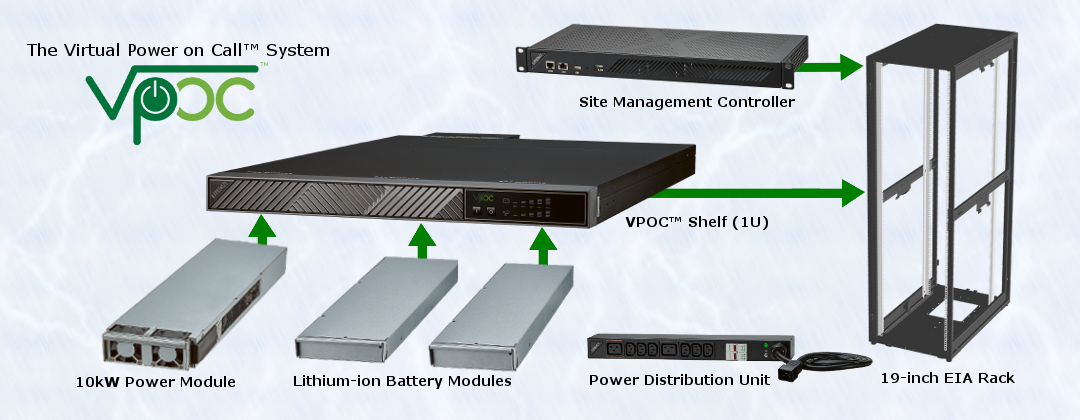
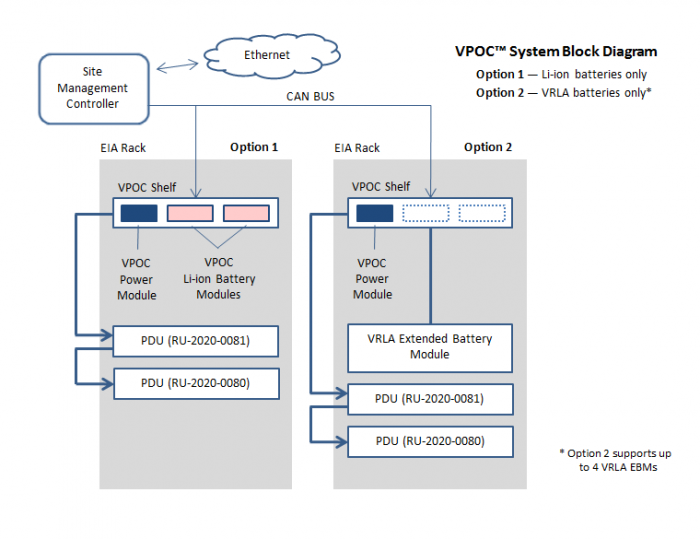
Over the past forty years, such a key component of the UPS, as batteries, has not changed significantly. At the same time, it is the battery that ultimately determines the power of the source and the duration of the back-up reserve.
')
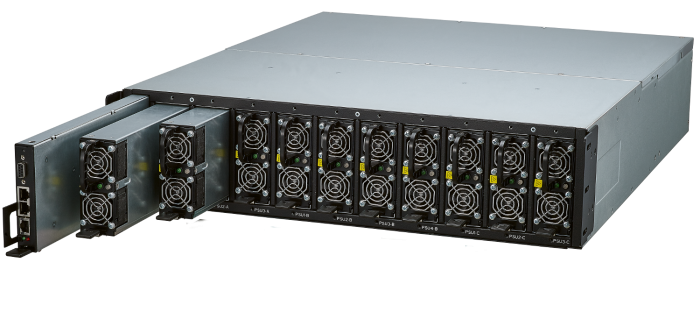
A UPS that produces Lite-On Power System Solutions can operate in temperatures ranging from 0 ° C to 50 ° C.
The advantages of lead-acid batteries are obvious: low cost, low self-discharge, high reliability, voltage stability, duration of operation cycles and the ability to perform up to a thousand charge / discharge cycles.
However, the life of lead-acid batteries is halved with every ten-degree increase in ambient temperature above 25 ° C, writes Patrick Brouhon on the Schneider Electric blog . In addition, UPSs using lead-acid batteries are large and lightweight; It is quite difficult to determine when this battery needs to be replaced.
According to Patrick Bruhona, Li-ion UPSs have at least four advantages over UPSs on lead-acid batteries.
First, with comparable power, Li-ion batteries have dimensions up to one-third and weight up to two-thirds less than their counterparts. Therefore, in the case of using such systems in a data center, you can more flexibly approach equipment placement, save data center space and, as a result, reduce CAPEX .
Secondly, the UPS on lithium-ion batteries can operate in a wider temperature range and a sharp increase in ambient temperature has virtually no effect on battery life. Therefore, complex and expensive UPS cooling systems do not require. They have a high energy density and a very low self-discharge rate.
Thirdly, such UPSs have very clear battery condition monitoring systems.
Finally, the life of a Li-ion battery is at least twice as long as lead-acid batteries. Despite the fact that the latter are designed for a ten-year service life, in practice, customers replace batteries in 5-6 years. Li-ion UPSs are still more expensive. But given the lower costs associated with replacing batteries, such batteries make the cost of using bespereboynik comparable in the future.
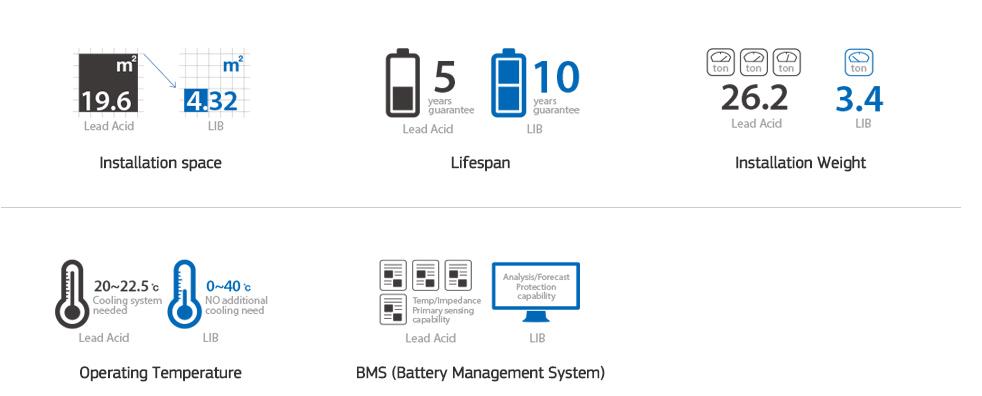
Li-ion batteries benefit lead-acid batteries in almost all parameters. Source: Samsung SDI .
Cooling systems in the data center consume up to 40% of the total power consumption. Replacing traditional UPSs can significantly reduce operating costs: operating in a wider temperature range, UPS systems for lithium-ion batteries do not need energy-consuming air conditioning systems.
In the data center UPS on lead-acid batteries occupy up to one third of the total area of the data center. The use of more compact UPS on Li-Ion allows you to free up space for racks. Moreover, it is possible to install Li-ion UPSs as needed, which is basically impossible when using traditional UPSs on lead-acid batteries.
If recently we had no alternative, now there are already such solutions. For example, this is the HP R12000 DirectFlow 1U rack mount.
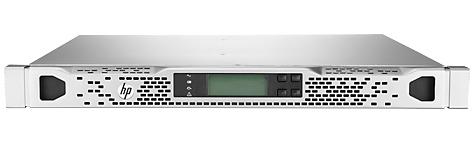
The HP DirectFlow three-phase system (12–20 kW output power) includes a separate power management unit that integrates all the main UPS components (charger, inverter and active filter) in one device. The HP R12000 DirectFlow 1U UPS provides up to 12 kVA, taking up two standard units of rack space.
Due to the possibility of using lithium-ion batteries (height 1U) or lead-acid batteries with valve adjustment (height 3U), the system has been increased three times compared with traditional solutions. According to the manufacturer, HP DirectFlow efficiency exceeds 99%.
The Russian company Liotech produces three-phase (from 18 to 45 kW) and single-phase (from 6 to 15 kW) uninterruptible power supplies, which are equipped with its own lithium-ion batteries. Unlike HP solutions, industrial Liotech UPSs can be used at energy facilities, medical institutions, utilities, communications and telecommunications: where space is limited for the installation of the UPS, but high power is required. The manufacturer claims that the UPS can provide high energy density in the range from -10 º to +50 º and have a service life of up to 20 years.
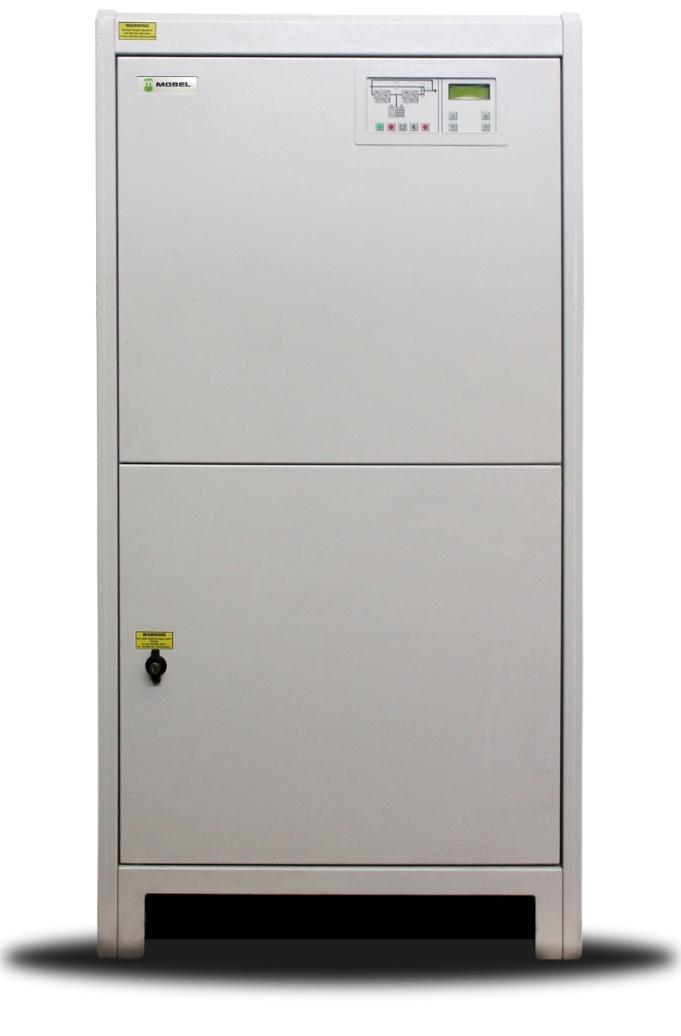
We will consider the features of UPSs on Li-ion batteries for the SOHO segment and ordinary users using the example of the Schneider Electric company’s APC Back-UPS Pro 500 Lithium Ion UPS (it is not for sale in Russia, cost on Amazon.com is about $ 267):
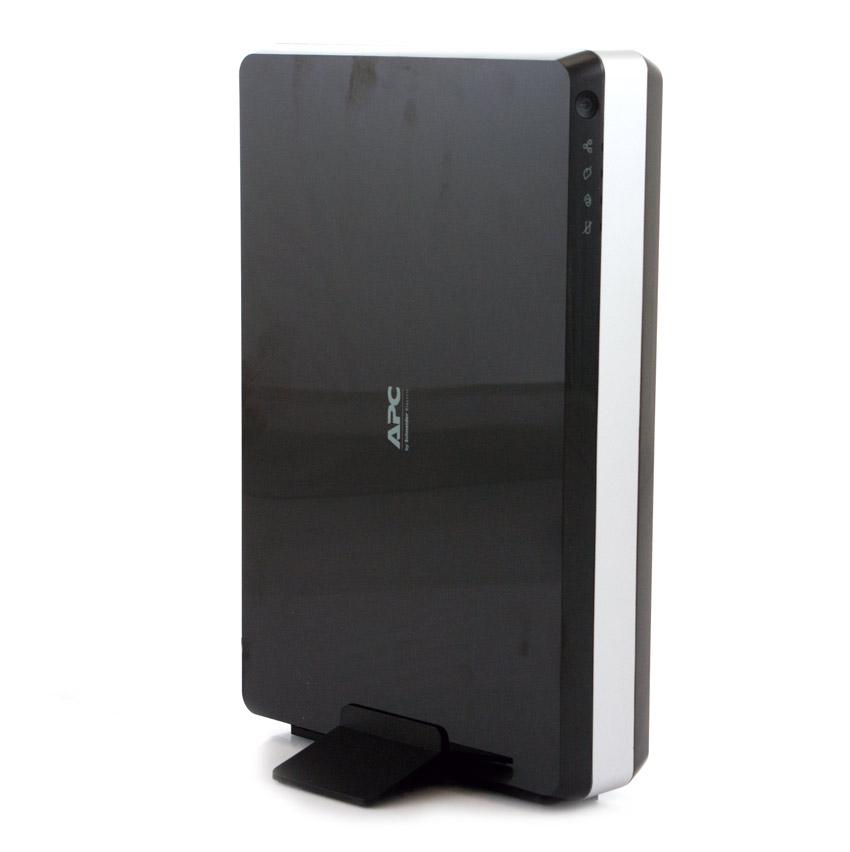
Functionally, APC Back-UPS Pro 500 Lithium Ion is not very different from similar devices with lead-acid batteries. The size of the UPS is very small and comparable to the size of the router. UPS weight - 2.2 kg.
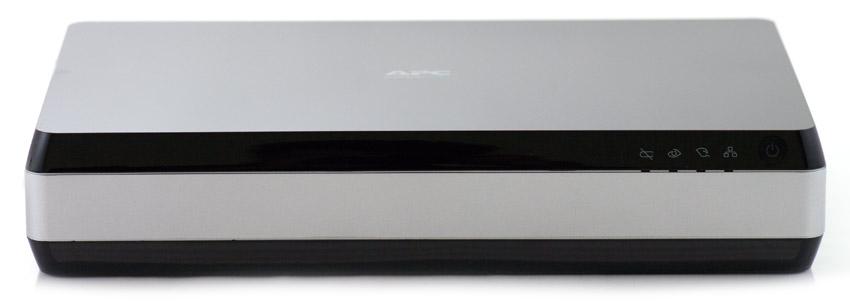
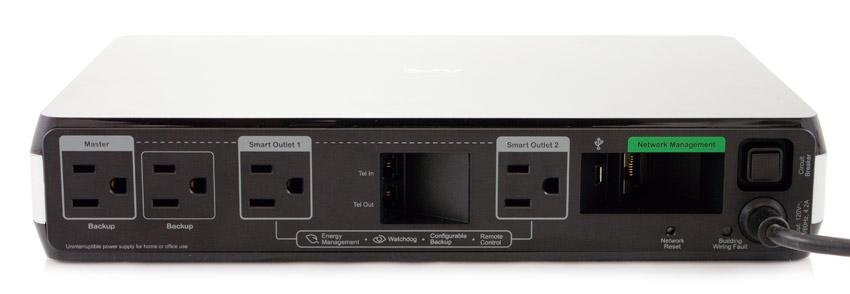
In addition to the usual Master Outlet, which allows to determine the state of the main energy sources (unavailable / disconnected), the UPS has two Smart Outlets that can be configured for battery power and protection against power surges or only protection against power surges. In addition, Smart Outlets monitor energy consumption, ensuring maximum power efficiency, reducing energy costs.
The UPS has a wide range of functions that simplify its use at the same time ensuring operational efficiency. Thus, it provides the ability to tune in to optimal efficiency in any given power infrastructure, including using a backup generating set.
Through the USB-port there is an opportunity to access additional functions of power protection and UPS control from a computer. The UPS can turn off peripheral devices if they are not currently in use and can be controlled remotely via the web interface.
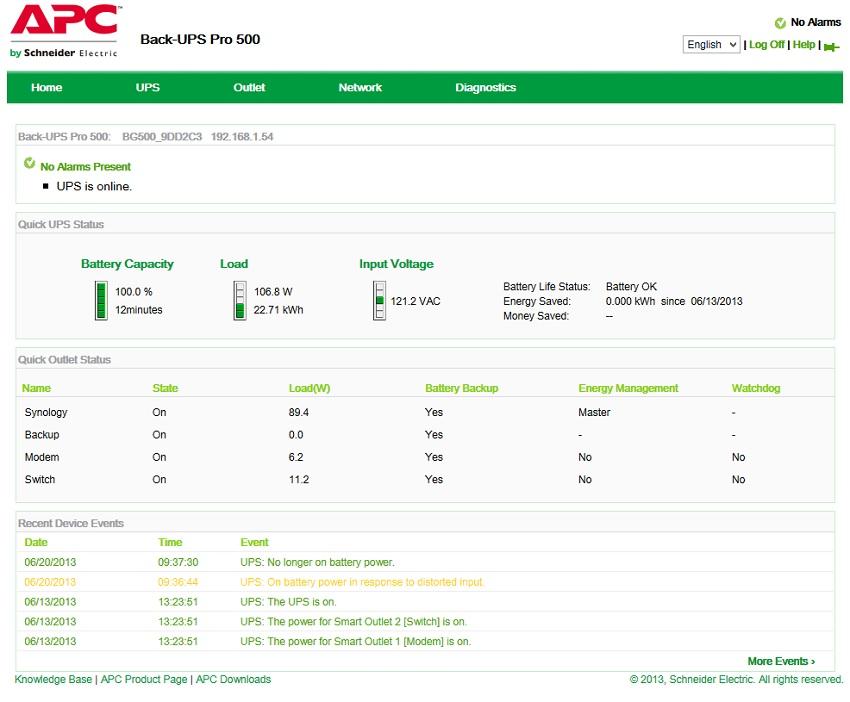
The software allows you to manage its functions and to obtain comprehensive information about the status of batteries.
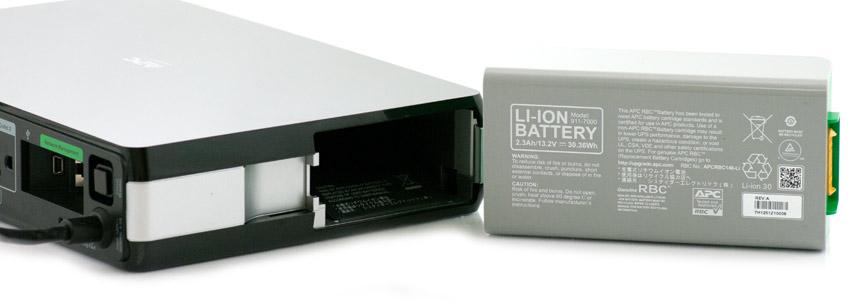
Replaceable Li-ion batteries, according to the manufacturer , have twice as long service life as conventional lead-acid batteries - up to 8 years. When the power source is disconnected, the UPS is capable of operating the equipment with a power consumption of 25W for 51 minutes, 34 minutes - with a power of 40W and 6.7 minutes - with a power of 180W.
The only disadvantage of a UPS is its price. However, taking into account the service life of the battery, the cost of its current maintenance is lower than for UPS on lead-acid batteries.


Over the past forty years, such a key component of the UPS, as batteries, has not changed significantly. At the same time, it is the battery that ultimately determines the power of the source and the duration of the back-up reserve.
')

A UPS that produces Lite-On Power System Solutions can operate in temperatures ranging from 0 ° C to 50 ° C.
The advantages of lead-acid batteries are obvious: low cost, low self-discharge, high reliability, voltage stability, duration of operation cycles and the ability to perform up to a thousand charge / discharge cycles.
However, the life of lead-acid batteries is halved with every ten-degree increase in ambient temperature above 25 ° C, writes Patrick Brouhon on the Schneider Electric blog . In addition, UPSs using lead-acid batteries are large and lightweight; It is quite difficult to determine when this battery needs to be replaced.
According to Patrick Bruhona, Li-ion UPSs have at least four advantages over UPSs on lead-acid batteries.
First, with comparable power, Li-ion batteries have dimensions up to one-third and weight up to two-thirds less than their counterparts. Therefore, in the case of using such systems in a data center, you can more flexibly approach equipment placement, save data center space and, as a result, reduce CAPEX .
Secondly, the UPS on lithium-ion batteries can operate in a wider temperature range and a sharp increase in ambient temperature has virtually no effect on battery life. Therefore, complex and expensive UPS cooling systems do not require. They have a high energy density and a very low self-discharge rate.
Thirdly, such UPSs have very clear battery condition monitoring systems.
Finally, the life of a Li-ion battery is at least twice as long as lead-acid batteries. Despite the fact that the latter are designed for a ten-year service life, in practice, customers replace batteries in 5-6 years. Li-ion UPSs are still more expensive. But given the lower costs associated with replacing batteries, such batteries make the cost of using bespereboynik comparable in the future.

Li-ion batteries benefit lead-acid batteries in almost all parameters. Source: Samsung SDI .
Cooling systems in the data center consume up to 40% of the total power consumption. Replacing traditional UPSs can significantly reduce operating costs: operating in a wider temperature range, UPS systems for lithium-ion batteries do not need energy-consuming air conditioning systems.
In the data center UPS on lead-acid batteries occupy up to one third of the total area of the data center. The use of more compact UPS on Li-Ion allows you to free up space for racks. Moreover, it is possible to install Li-ion UPSs as needed, which is basically impossible when using traditional UPSs on lead-acid batteries.
If recently we had no alternative, now there are already such solutions. For example, this is the HP R12000 DirectFlow 1U rack mount.

The HP DirectFlow three-phase system (12–20 kW output power) includes a separate power management unit that integrates all the main UPS components (charger, inverter and active filter) in one device. The HP R12000 DirectFlow 1U UPS provides up to 12 kVA, taking up two standard units of rack space.
Due to the possibility of using lithium-ion batteries (height 1U) or lead-acid batteries with valve adjustment (height 3U), the system has been increased three times compared with traditional solutions. According to the manufacturer, HP DirectFlow efficiency exceeds 99%.
The Russian company Liotech produces three-phase (from 18 to 45 kW) and single-phase (from 6 to 15 kW) uninterruptible power supplies, which are equipped with its own lithium-ion batteries. Unlike HP solutions, industrial Liotech UPSs can be used at energy facilities, medical institutions, utilities, communications and telecommunications: where space is limited for the installation of the UPS, but high power is required. The manufacturer claims that the UPS can provide high energy density in the range from -10 º to +50 º and have a service life of up to 20 years.

We will consider the features of UPSs on Li-ion batteries for the SOHO segment and ordinary users using the example of the Schneider Electric company’s APC Back-UPS Pro 500 Lithium Ion UPS (it is not for sale in Russia, cost on Amazon.com is about $ 267):

Functionally, APC Back-UPS Pro 500 Lithium Ion is not very different from similar devices with lead-acid batteries. The size of the UPS is very small and comparable to the size of the router. UPS weight - 2.2 kg.


In addition to the usual Master Outlet, which allows to determine the state of the main energy sources (unavailable / disconnected), the UPS has two Smart Outlets that can be configured for battery power and protection against power surges or only protection against power surges. In addition, Smart Outlets monitor energy consumption, ensuring maximum power efficiency, reducing energy costs.
The UPS has a wide range of functions that simplify its use at the same time ensuring operational efficiency. Thus, it provides the ability to tune in to optimal efficiency in any given power infrastructure, including using a backup generating set.
Through the USB-port there is an opportunity to access additional functions of power protection and UPS control from a computer. The UPS can turn off peripheral devices if they are not currently in use and can be controlled remotely via the web interface.

The software allows you to manage its functions and to obtain comprehensive information about the status of batteries.

Replaceable Li-ion batteries, according to the manufacturer , have twice as long service life as conventional lead-acid batteries - up to 8 years. When the power source is disconnected, the UPS is capable of operating the equipment with a power consumption of 25W for 51 minutes, 34 minutes - with a power of 40W and 6.7 minutes - with a power of 180W.
The only disadvantage of a UPS is its price. However, taking into account the service life of the battery, the cost of its current maintenance is lower than for UPS on lead-acid batteries.
Source: https://habr.com/ru/post/267989/
All Articles